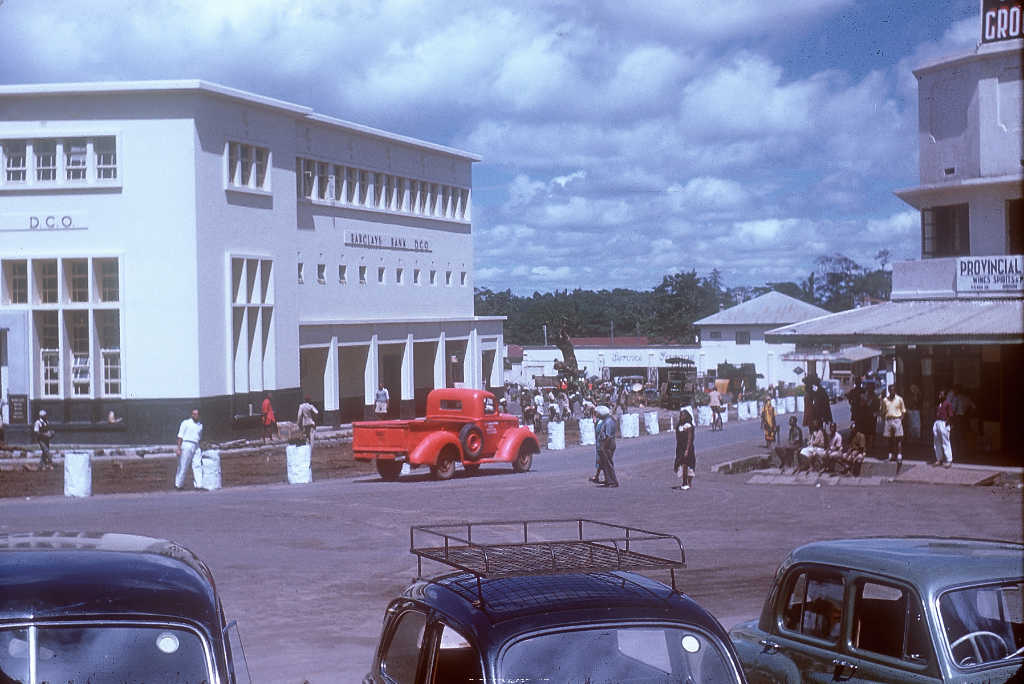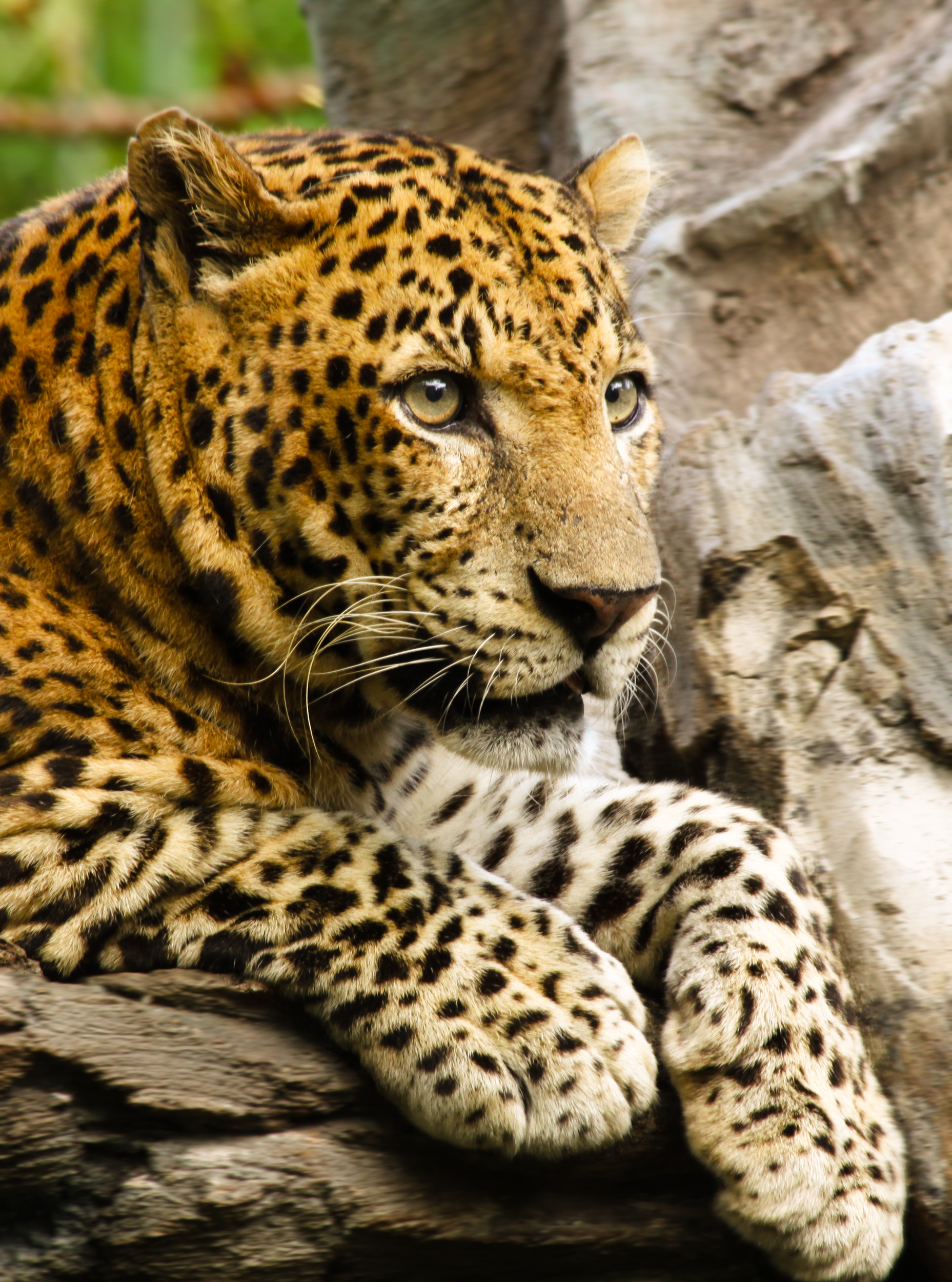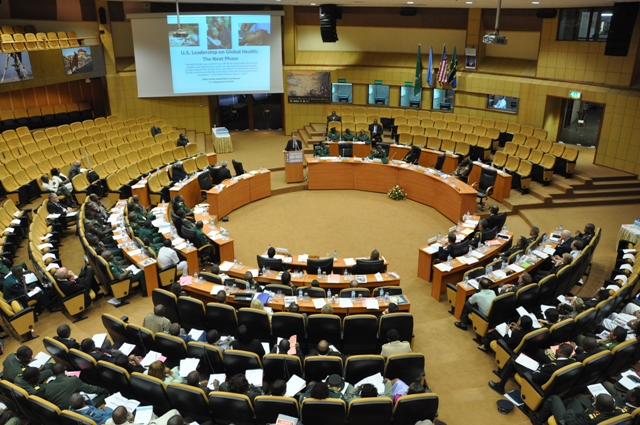|
Arusha People
The Arusha (''Waarusha'' in Swahili) people are a Bantu ethnic and indigenous group based in the western slopes of mount Meru in Arusha District of Arusha Region in Tanzania. The Maasai regard the Arusha people as related as they were once a part of the immigrant Maasai society that arrived in Arusha in the 18th century from Kenya. The Arusha people are not to be confused by Arusha residents who are Tanzanian people of different ethnic backgrounds that are born and reside within the borders of the Arusha Region. Origins The Arusha people are said to be of Pare origin from the Arusha Chini area of the Kilimanjaro Region. In about 1830 they settled in the Selian area on the southwestern slopes of Mount Meru under Maasai authority. However, the inhabitants reveal migration occurred back and forth throughout the history of this region, and the Arusha people should be viewed as a part of the bigger population inhabiting the entire Kilimanjaro Corridor. The Arusha are distinct from ... [...More Info...] [...Related Items...] OR: [Wikipedia] [Google] [Baidu] |
Arusha Region
Arusha City is a Tanzanian city and the regional capital of the Arusha Region, with a population of 416,442 plus 323,198 in the surrounding Arusha District Council (2012 census). Located below Mount Meru (Tanzania), Mount Meru on the eastern edge of the eastern branch of the East African Rift, Great Rift Valley, Arusha City has a temperate climate. The city is close to the Serengeti National Park, the Ngorongoro Conservation Area, Lake Manyara National Park, Olduvai Gorge, Tarangire National Park, Mount Kilimanjaro, and Mount Meru (Tanzania), Mount Meru in the Arusha National Park. The city is a major international diplomatic hub. It hosts the African Court on Human and Peoples' Rights, African Court of the African Union and is the capital of the East African Community. From 1994 to 2015, the city also hosted the International Criminal Tribunal for Rwanda, but that entity has ceased operations. It is a multicultural city with a majority Tanzanian population of mixed backgroun ... [...More Info...] [...Related Items...] OR: [Wikipedia] [Google] [Baidu] |
Kilimanjaro Region
Kilimanjaro Region (''Mkoa wa Kilimanjaro'' in Swahili) is one of Tanzania's 31 administrative regions. The regional capital and largest city is the municipality of Moshi. With a HDI of 0.613, Kilimajaro is one among the most developed regions of Tanzania. According to the 2012 national census, the region had a population of 1,640,087, which was lower than the pre-census projection of 1,702,207.Population Distribution by Administrative Units, United Republic of Tanzania, 2013 For 2002-2012, the region's 1.8 percent average annual population growth rate was the 24th highest in the country. It was also the eighth most densely populated region with 124 people per square ... [...More Info...] [...Related Items...] OR: [Wikipedia] [Google] [Baidu] |
Indigenous Peoples Of East Africa
*
*
{{disambiguation ...
Indigenous may refer to: *Indigenous peoples *Indigenous (ecology), presence in a region as the result of only natural processes, with no human intervention *Indigenous (band), an American blues-rock band *Indigenous (horse), a Hong Kong racehorse * ''Indigenous'' (film), Australian, 2016 See also *Disappeared indigenous women *Indigenous Australians *Indigenous language *Indigenous religion *Indigenous peoples in Canada *Native (other) Native may refer to: People * Jus soli, citizenship by right of birth * Indigenous peoples, peoples with a set of specific rights based on their historical ties to a particular territory ** Native Americans (other) In arts and enterta ... [...More Info...] [...Related Items...] OR: [Wikipedia] [Google] [Baidu] |
Ethnic Groups In Tanzania
There are more than 100 distinct ethnic groups and tribes in Tanzania, not including ethnic groups that reside in Tanzania as refugees from conflicts in nearby countries. These ethnic groups are of Bantu origin, with large Nilotic-speaking, moderate indigenous, and small non-African minorities. The country lacks a clear dominant ethnic majority: the largest ethnic group in Tanzania, the Maasai, comprises only about 16 percent of the country's total population, followed by the Wanyakyusa and the Chagga. Unlike its neighbouring countries, Tanzania has not experienced large-scale ethnic conflicts, a fact attributed to the unifying influence of the Swahili language. The ethnic groups mentioned here are mostly differentiated based on ethnolinguistic lines. They may sometimes be referred to together with noun class prefixes appropriate for ethnonyms: this can be either a prefix from the ethnic group's native language (if Bantu), or the Swahili prefix ''wa''. References Ndwewe ; ... [...More Info...] [...Related Items...] OR: [Wikipedia] [Google] [Baidu] |
Arumeru District
Arumeru District (Meru District and Arusha Rural District) is a former district in the Arusha Region of Tanzania. It was bordered to the north, west, and southwest by Monduli District, to the southeast by the city of Arusha, and to the east by the Kilimanjaro Region. , the population of the Arumeru District was 516,814. Administrative subdivisions Constituencies For parliamentary elections, Arusha Region is divided into constituencies. As of the 2010 elections Arumeru District had two constituencies, Arumeru West (Arumeru Magharibi) Constituency and Arumeru East (Arumeru Mashariki) Constituency. Divisions Beginning in 2007 Arumeru District has been administered by two district councils: Arusha District Council and Meru District Council. Arusha District Council administers three divisions, 20 wards, 75 villages, 294 hamlets and 64,339 households. Meru District Council administers three divisions, 17 wards, 71 villages and 281 subvillages. Wards The Arumeru District is admin ... [...More Info...] [...Related Items...] OR: [Wikipedia] [Google] [Baidu] |
Mount Meru
Mount Meru (Sanskrit/Pali: मेरु), also known as Sumeru, Sineru or Mahāmeru, is the sacred five-peaked mountain of Hindu, Jain, and Buddhist cosmology and is considered to be the centre of all the physical, metaphysical and spiritual universes. There is no clear identification of Mount Meru with a particular geophysical location. Many famous Buddhist, Jain, and Hindu temples have been built as symbolic representations of this mountain. The "Sumeru Throne" 須彌座 xūmízuò style base is a common feature of Chinese pagodas. The highest point (the finial bud) on the pyatthat, a Burmese-style multi-tiered roof, represents Mount Meru. Etymology Etymologically, the proper name of the mountain is Meru (Sanskrit: Meru), to which is added the approbatory prefix su-, resulting in the meaning "excellent Meru" or "wonderful Meru". ''Meru'' is also the name of the central bead in a mālā. In other languages In other languages, Mount Meru is pronounced: * Assamese: � ... [...More Info...] [...Related Items...] OR: [Wikipedia] [Google] [Baidu] |
List Of Ethnic Groups In Tanzania
There are more than 100 distinct ethnic groups and tribes in Tanzania, not including ethnic groups that reside in Tanzania as refugees from conflicts in nearby countries. These ethnic groups are of Bantu people, Bantu origin, with large Nilotic languages, Nilotic-speaking, moderate indigenous, and small non-African minorities. The country lacks a clear dominant ethnic majority: the largest ethnic group in Tanzania, the Maasai people, Maasai, comprises only about 16 percent of the country's total population, followed by the Nyakyusa people, Wanyakyusa and the Chagga people, Chagga. Unlike its neighbouring countries, Tanzania has not experienced large-scale ethnic conflicts, a fact attributed to the unifying influence of the Swahili language. The ethnic groups mentioned here are mostly differentiated based on Ethnolinguistic group, ethnolinguistic lines. They may sometimes be referred to together with Bantu_languages#Language_structure, noun class prefixes appropriate for ethnonyms ... [...More Info...] [...Related Items...] OR: [Wikipedia] [Google] [Baidu] |
Arusha
Arusha City is a Tanzanian city and the regional capital of the Arusha Region, with a population of 416,442 plus 323,198 in the surrounding Arusha District Council (2012 census). Located below Mount Meru on the eastern edge of the eastern branch of the Great Rift Valley, Arusha City has a temperate climate. The city is close to the Serengeti National Park, the Ngorongoro Conservation Area, Lake Manyara National Park, Olduvai Gorge, Tarangire National Park, Mount Kilimanjaro, and Mount Meru in the Arusha National Park. The city is a major international diplomatic hub. It hosts the African Court of the African Union and is the capital of the East African Community. From 1994 to 2015, the city also hosted the International Criminal Tribunal for Rwanda, but that entity has ceased operations. It is a multicultural city with a majority Tanzanian population of mixed backgrounds: indigenous African, Arab-Tanzanian and Indian-Tanzanian population, plus a small European and North Am ... [...More Info...] [...Related Items...] OR: [Wikipedia] [Google] [Baidu] |
Chief Simeon Laiseri
Simeon Laiseri Kokan Benne was a Tanzanian chief of the Arusha people. He was born in 1888 in Arusha, Arusha Region, Tanzania Tanzania (; ), officially the United Republic of Tanzania ( sw, Jamhuri ya Muungano wa Tanzania), is a country in East Africa within the African Great Lakes region. It borders Uganda to the north; Kenya to the northeast; Comoro Islands and .... He died in 1983 at the age of 95. He was inaugurated on January 14, 1948, as the first leader of the United Waarusha Community by the British administration's indirect rule policy. He fought against colonialism, and is one of the founding fathers of the City of Arusha. References {{DEFAULTSORT:Laiseri, Simeon 1888 births 1983 deaths Tanzanian chiefs People from Arusha District People from Arusha Region People from Tanganyika ... [...More Info...] [...Related Items...] OR: [Wikipedia] [Google] [Baidu] |
City Of Arusha
Arusha City is a Tanzanian city and the regional capital of the Arusha Region, with a population of 416,442 plus 323,198 in the surrounding Arusha District Council (2012 census). Located below Mount Meru on the eastern edge of the eastern branch of the Great Rift Valley, Arusha City has a temperate climate. The city is close to the Serengeti National Park, the Ngorongoro Conservation Area, Lake Manyara National Park, Olduvai Gorge, Tarangire National Park, Mount Kilimanjaro, and Mount Meru in the Arusha National Park. The city is a major international diplomatic hub. It hosts the African Court of the African Union and is the capital of the East African Community. From 1994 to 2015, the city also hosted the International Criminal Tribunal for Rwanda, but that entity has ceased operations. It is a multicultural city with a majority Tanzanian population of mixed backgrounds: indigenous African, Arab-Tanzanian and Indian-Tanzanian population, plus a small European and North Amer ... [...More Info...] [...Related Items...] OR: [Wikipedia] [Google] [Baidu] |
Wameru
The Meru (''Wameru'' in Swahili), also known as the ''Va-Rwa'' (''Rwa'' being the root word), are a Bantu ethnic group native to the slopes of Mount Meru in Arusha Region. The Meru people share the same name with the Meru people of Kenya, but they are completely different ethnic groups each with their own unique history and identity. The Meru people are said to have arrived to the slopes of the great mountain around 800 years ago coming from the Usambara Mountains in Tanga Region. According to the inhabitants, migration occurred back and forth throughout the region, and the Meru people should be viewed as a part of the bigger population inhabiting the entire Kilimanjaro Corridor. Upon arriving at the southeastern slopes of Mount Meru they were met by the hunter-gatherer group called the Koningo whom they absorbed into Meru society. The waMeru are known for their intensive agricultural practises. Today many descendants of Meru people still live in their homeland and Mount Mer ... [...More Info...] [...Related Items...] OR: [Wikipedia] [Google] [Baidu] |
Chagga
The Chaga or Chagga (Swahili language: WaChaga) are Bantu-speaking indigenous Africans and the third-largest ethnic group in Tanzania. They traditionally live on the slopes of Mount Kilimanjaro and eastern Mount Meru in both Kilimanjaro Region and eastern Arusha Region. Their relative economic wealth comes from favorable fertile soil of mount Kilimanjaro and successful agricultural methods, which include extensive irrigation systems, terracing, and continuous organic fertilization methods practiced for thousands of years. The Chaga are said to have descended from various Bantu groups who migrated from elsewhere in Africa to the foothills of Mount Kilimanjaro, a migration that began around the start of the eleventh century. While the Chaga are Bantu-speakers, their language has a number of dialects somewhat related to Kamba, which is spoken in southeast Kenya,. They are ethnically related to the Pare, Taveta, Shambaa people and Taita peoples. The inhabitants reveal migrati ... [...More Info...] [...Related Items...] OR: [Wikipedia] [Google] [Baidu] |





